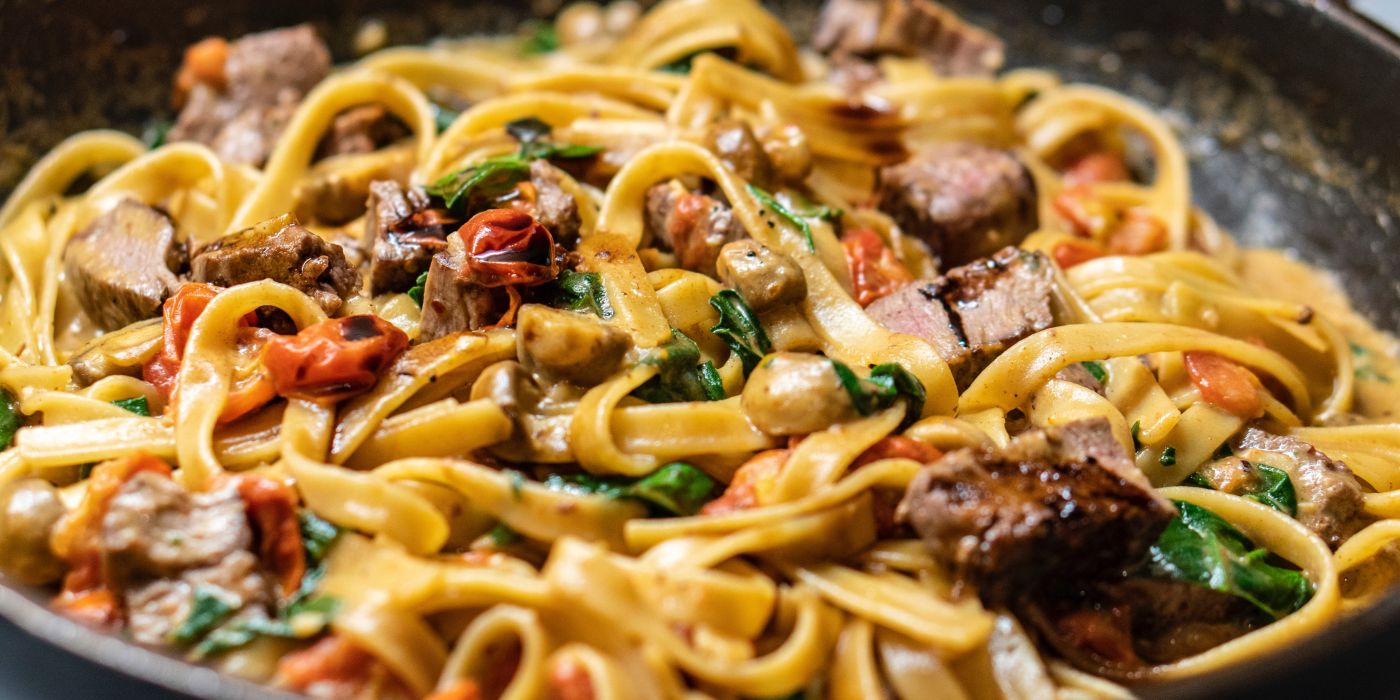How to Test the Quality of a Pasta

Lower quality pasta ends up costing in performance. That much is clear when you look at a premium pasta alongside a lower commodity product in your kitchen.
Whether you want to test a product you’ve been using or evaluate a new one, here’s a checklist to help you detect red flags in the purity of your pasta that will affect your final dish.
1. Read the ingredient label.
100% Durum Semolina wheat is the best ingredient for pasta. It has the highest gluten strength and is basically table stakes for a premium product.
Pasta is a simple recipe ... just take wheat, mill it into semolina, and add water ... so the quality of the wheat is critical. This is where Pasta Montana goes further, sourcing prized Spring Durum Wheat that grows nearby so it has less distance to travel and custom-milling on demand for ultimate freshness.
Look for: 100% Durum Semolina
2. Check the surface.
Of course you don’t want to see cracks and broken pieces – but you’ll find those defects more often than you’d think with lower quality pasta . Dry pasta with cracks will break apart when cooked.
Look for: Whole pieces with a smooth surface. Note bronze die pasta will have a rougher, artisan texture – and that’s a good thing for sauce cling.
3. Evaluate the color.
Extremely pale pasta, versus a rich golden hue, is another sign of lower quality wheat.
Examine the pasta for discoloration, or any fine white specs coating the dry pasta. This could be a sign of temperature abuse throughout the drying process. Pasta that’s been subjected to heat abuse will be more brittle.
Look for: Consistently golden color with no white coating.
4. Observe the water when boiling.
Now it’s time to cook. Watch for excessive foaming or cloudiness in the water. Poor gluten strength caused by low quality semolina or from poor mixing, extrusion, or drying processes will create starch leaching (starch escaping the pasta protein matrices). These starches foam in boiling water, and create the cloudy water appearance.
Cooked pasta with low gluten strength will get clumpy and not hold its shape for many foodservice applications.
Look for: No cloudiness in the cooking water. The high-quality protein in premium semolina keeps the starch right where you want it (in the pasta ... not in the water).
5. Test the cooked product.
You want a classic, nut-like flavor and superior “al dente” firmness, which make for the ultimate pasta experience. Specialty pastas should hold their shape when cooked properly.
Look for: Beautiful color, classic taste and firmness. Keep testing: When preparing par-cooked meals, you’ll find that premium pasta holds together and maintains its bite even when stored and re-heated.
Ready to put Pasta Montana to the test in your kitchen?
